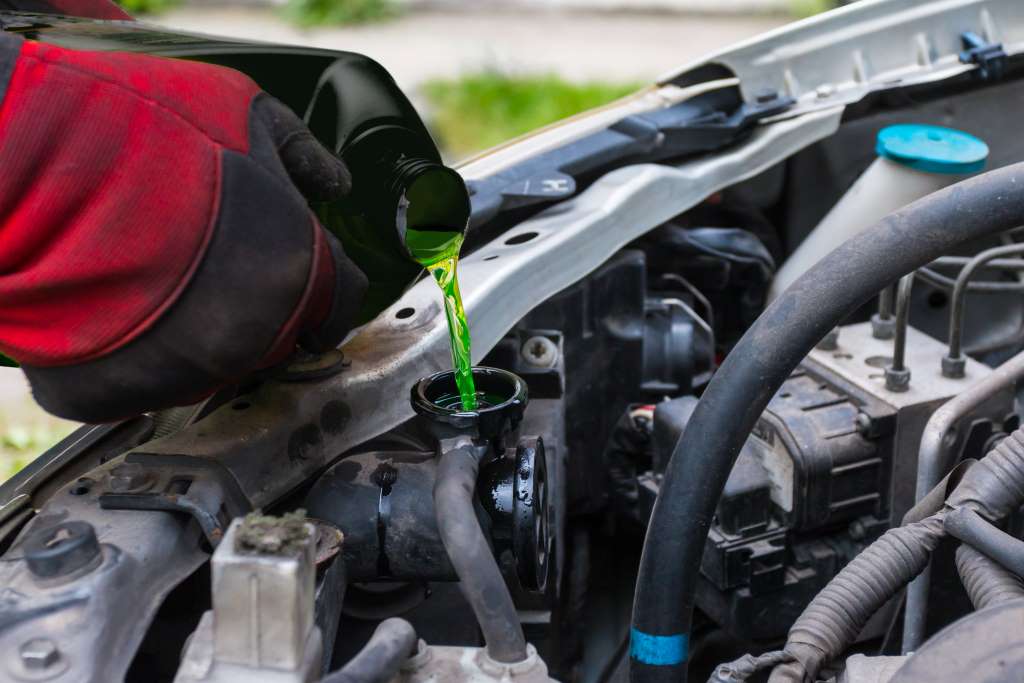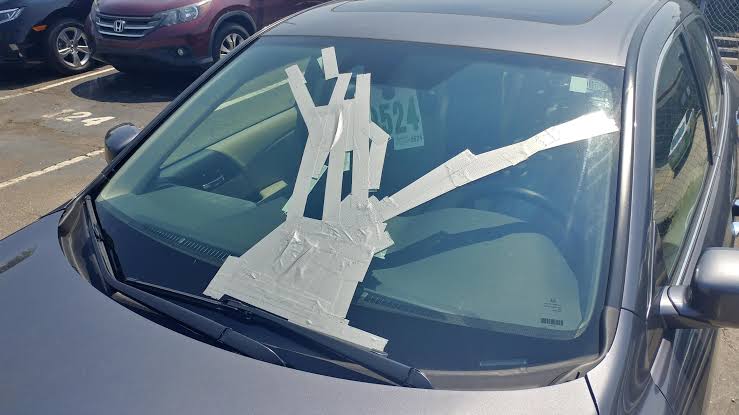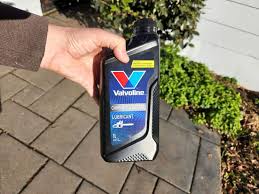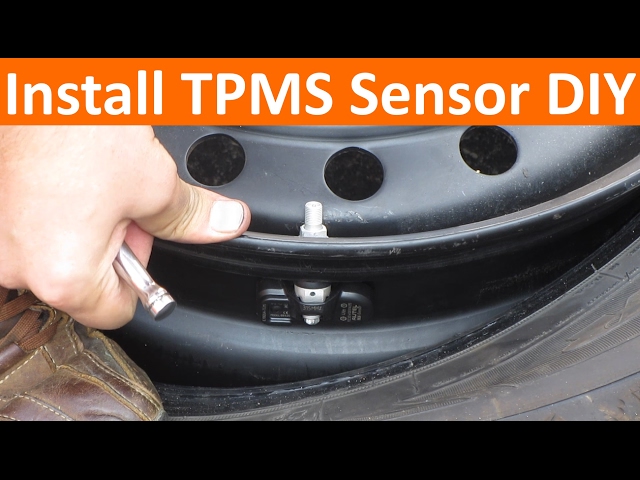Does a Car Need to Be Running When Adding Coolant?

No, your car does not need to be running when adding coolant. In fact, it’s safer to add coolant when the engine is off and has cooled down. Here’s why and how to properly add coolant to your car.
🔧 Why It’s Important to Turn Off the Engine
When adding coolant, you should always make sure the engine is off and has had time to cool down. Here’s why:
- Pressure Relief: The coolant system is pressurized when the engine is running, especially when it’s hot. If you open the radiator cap or coolant reservoir cap while the engine is still hot, hot coolant under pressure could shoot out and cause burns or injury.
- Prevents Overheating: If you add coolant while the engine is running, there’s a risk of overfilling or disturbing the coolant flow, which could lead to overheating once the car is started.
- Accuracy of Coolant Level: Adding coolant to a system that’s been off for a while ensures that the coolant settles properly, allowing you to check the level accurately. If the engine is running, the coolant may be circulating, making it hard to know the actual level.
🔎 How to Add Coolant Safely
Follow these steps to add coolant safely to your car:
1. Ensure the Engine is Off
Make sure the engine is completely off and has had time to cool down, typically 30 minutes to an hour. This will reduce the risk of burns from hot coolant or steam.
2. Locate the Coolant Reservoir
Open the hood and find the coolant reservoir. It’s usually a clear plastic tank located near the radiator. There should be a cap labeled with a coolant symbol.
3. Check the Coolant Level
Check the current coolant level against the “minimum” and “maximum” lines on the reservoir. If the level is below the minimum line, you need to add coolant.
4. Add the Correct Coolant
Use the correct type of coolant for your car (refer to the owner’s manual for specifications). Open the cap and pour the coolant slowly, watching the level as you add it. Be careful not to overfill.
5. Close the Cap
Once the coolant level is appropriate, securely close the cap on the reservoir or radiator.
6. Start the Car and Check for Leaks
After adding coolant, start your car and let it run for a few minutes. Check the area for any leaks around the radiator or hoses. If you notice coolant leaking, you may need to have the system inspected.
⚠️ Common Mistakes to Avoid
- Adding Coolant to a Hot Engine: Never add coolant to an engine that’s hot or running. Always let it cool down first to avoid injury.
- Using the Wrong Coolant: Always use the coolant recommended for your specific make and model of car. Using the wrong type can lead to overheating or damage to the engine.
- Not Checking for Leaks: After adding coolant, check for any signs of leakage. If you frequently need to add coolant, it could be a sign of a leak somewhere in the cooling system, which may need repair.
❓ FAQs
Q: Can I add coolant while my car is running?
A: No, it’s not safe to add coolant while the car is running. Always turn off the engine and let it cool down before adding coolant.
Q: What happens if I add coolant to a hot engine?
A: Adding coolant to a hot engine can cause the coolant to splash or spray out, which can lead to burns. It can also disrupt the cooling system and cause damage.
Q: How often should I check my coolant level?
A: It’s a good idea to check the coolant level regularly, especially before long trips or during seasonal changes (winter and summer), to ensure the system is topped up.
📝 Conclusion
In summary, no, your car does not need to be running when adding coolant. Always make sure the engine is off and cool before adding coolant to prevent injuries and ensure the system functions properly. Following proper procedures when adding coolant will help maintain the health of your engine and cooling system.
Also Check:
• Can You Put Coolant Directly Into the Radiator?






3 Comments